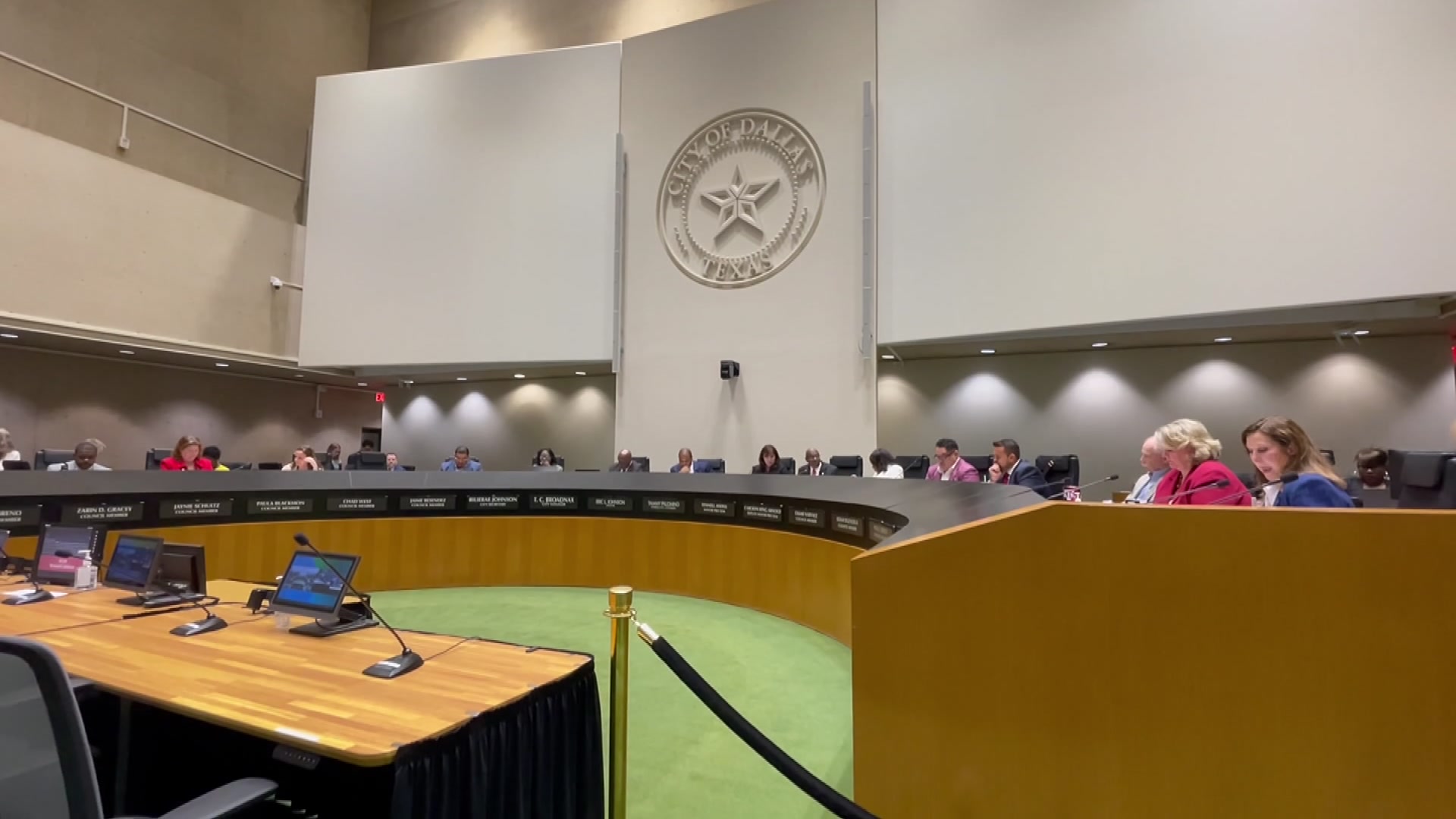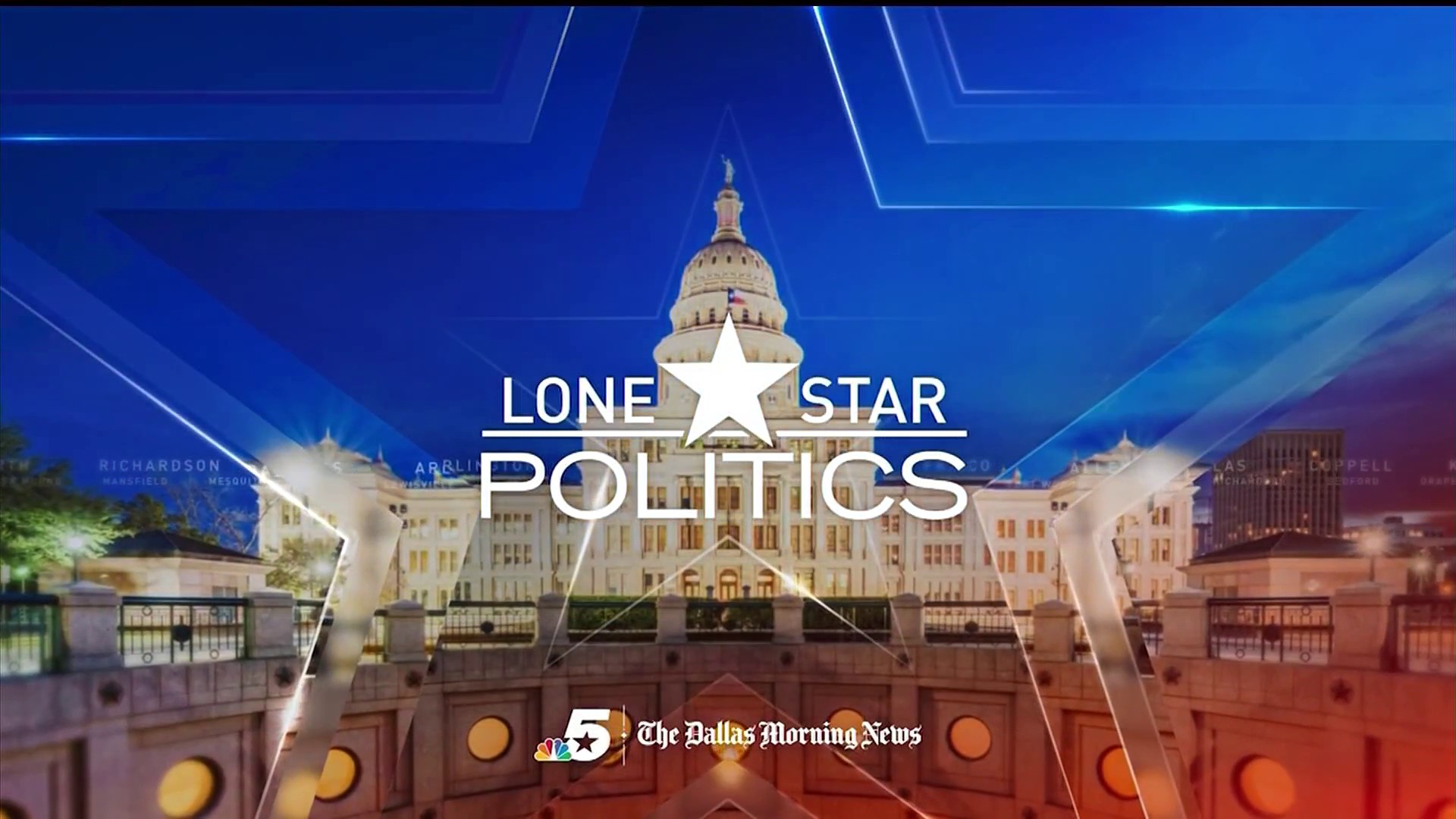The U.S. Postal Service is continuing to suffer a summer slowdown.
For the second month in a row, reporters at NBC Owned Television Stations, Telemundo and NBCLX tested the Postal Service by mailing hundreds of letters across the country.
The result: About 20 percent of 426 letters arrived later than expected. That’s consistent with a smaller test with 155 letters in August. NBC plans to repeat the test next month.
In June, just as Postmaster General Louis DeJoy took charge, the Postal Service’s records showed that it was delivering first-class mail on time about 90 percent of the time.
The latest test results are also consistent with a recent survey of major drug companies about mail service to their customers conducted by Democratic Senators Bob Casey of Pennsylvania and Elizabeth Warren of Massachusetts. Casey said that three of the four companies surveyed reported delivery delays.
“Instead of a prescription getting there say in two days or maybe three days, it's becoming now three days to four days,” Casey said.
Decision 2020
The latest news on the 2020 presidential election
The slowdown has implications for the November election. Because of the coronavirus, mail-in voting is expected to reach a historic high, perhaps double the 2016 rate.
An NBCLX/YouGov poll of 3,244 adults this month found that 51 percent planned to vote by mail. In 2016, just 21 percent of voters cast their ballots by mail, according to the Pew Research Center.
The Postal Service prioritizes election materials. But a recent report by its inspector general found postal distribution centers handled election mail inconsistently during the primaries. Although policy requires postal distribution centers to get every ballot and campaign brochure out the door by the end of the day, the inspector general found thousands of forgotten pieces.
Postal Service spokesman David A. Partenheimer said the agency is prepared to handle the election.
“To put it in context,” Partenheimer said, “the Postal Service delivers 433 million pieces of mail a day. Even if all Americans were to vote by mail this year, 330 million ballots over the course of the election would be only three-quarters of what the Postal Service delivers in a single day.”
The inspector general said that partial blame for delays in processing mail ballots should rest on election offices. While the Postal Service has recommended that election offices send ballots to voters at least 15 days prior to an election, 34 states and the District of Columbia do so later, making it difficult for voters to return ballots by election day.
During the primary election season, the Postal Service inspector general wrote, election offices mailed over 1 million ballots within seven days prior to the election. In 11 states, election offices mailed ballots to voters the day before or day of the election. In Pennsylvania, an election office mailed 500 ballots to voters the day after the election.
Dave Lewis runs SnailWorks, a Frederick, Maryland, company that tracks mail delivery for businesses that do mass mailings. SnailWorks routinely follows 10 million to 20 million pieces of mail per day.
His advice for voters: “Don’t mail your Christmas cards on Dec. 23rd, and don’t mail your ballot on Nov. 2nd. Allow the Postal Service at least a week to get it delivered.”
Voters may already have gotten the message: The NBCLX/YouGov poll found that among voters planning to cast a mail ballot, 57 percent intend to do so a full month before Election Day. An additional 28 percent intend to mail their ballots by mid-October. Just 14 percent intend to wait until the week before or the week of the election to drop their ballots in the mail.




